
Astronomer paints vivid history of Arecibo Observatory
In a new book, Donald Campbell, Ph.D. ’71, professor emeritus of astronomy, recounts the history of Arecibo from construction to its last days under Cornell’s management in 2011.
Read more Department Homepage
Department Homepage

The science of astronomy deals with some of the most fundamental issues of human existence and the nature of the universe in which we live. It has had a natural appeal to thoughtful and curious men and women throughout human history.
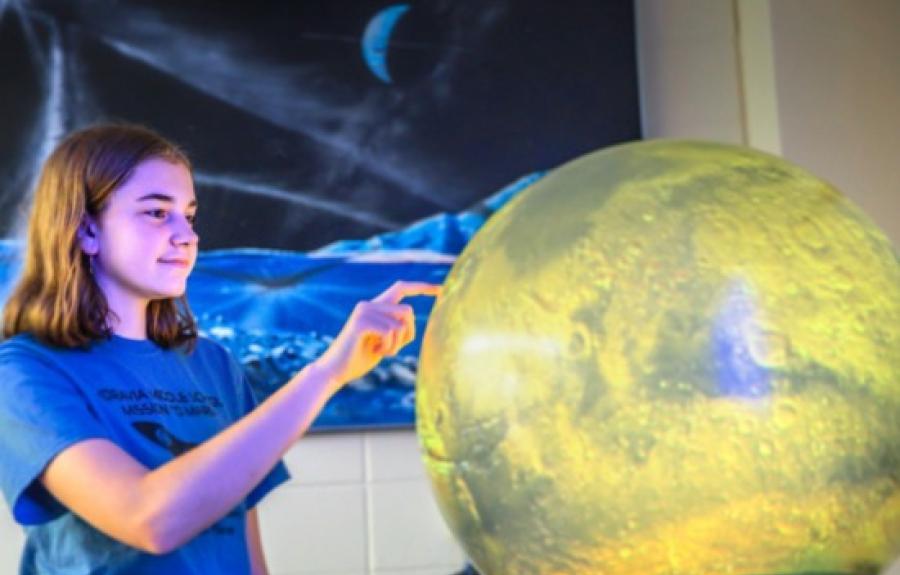
The Spacecraft Planetary Image Facility (SPIF) is an active research facility, providing assistance to students and planetary scientists worldwide in GIS and image processing. It is also a public facility open to visitors, and provides outreach services and PreK-12 educational support throughout the Central New York region, and beyond through virtual programs. SPIF supports the Cornell Department of Astronomy in undergraduate education, student research, NASA mission science operations, and community outreach. The facility is located on Cornell's main Ithaca campus in the Space Sciences Building. It has been in operation since 1980 and is currently sponsored by the Cornell Center for Astrophysics and Planetary Science (CCAPS).

Since they first stepped out of the proverbial cave, humans have always been intrigued by the beauty and wonder of the night sky and the almost infinite possibilities of space.
Ask an Astronomer is run by volunteers in the Astronomy Department. Most are graduate students at Cornell, and all contribute voluntarily, on their own time, so please take the time to browse the site at the link below and first try to use the existing resources to find an answer to your question.

Founded in 1972, the Cornell Astronomical Society (CAS) is a Cornell University undergraduate student organization, and has run public observing nights at the Fuertes Observatory for nearly 50 years. The club is open to Cornell undergraduate and graduate students, but faculty and staff members also occasionally volunteer at Fuertes Open House Nights and other Astronomy Department outreach events. Club members are given opportunities to learn how to use the historic 12" Irving Porter Church Refractor (finished in 1922) as well as many other telescopes at Fuertes.
We open the observatory every Friday night during the academic year from 8:00 PM until midnight, regardless of weather. During the summer, winter, and other Cornell breaks, we generally try to be open from 8pm to midnight if the weather is clear. To find out if the observatory is currently open, call (607)-255-3557 for a prerecorded message. You can visit our Hours & Directions page for directions to the observatory, parking information, and a schedule of upcoming events.

In a new book, Donald Campbell, Ph.D. ’71, professor emeritus of astronomy, recounts the history of Arecibo from construction to its last days under Cornell’s management in 2011.
Read more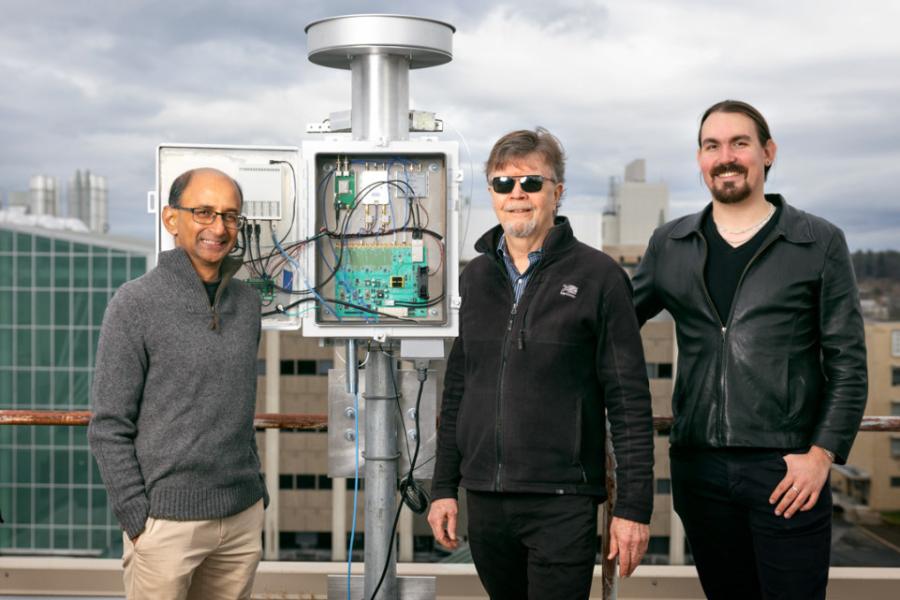
The Global Radio Explorer telescope is a series of eight terminals being built and tested at Cornell and the California Institute of Technology, and installed at locations around the world.
Read more
To equip astronauts with health choices for future missions, a Cornell postdoctoral fellow is leading research with AstroCup, a group that recently tested two menstrual cups in spaceflight as payload on an uncrewed rocket flight.
Read more
"Nexus Scholars was the first time where the only thing I had to worry about was research."
Read more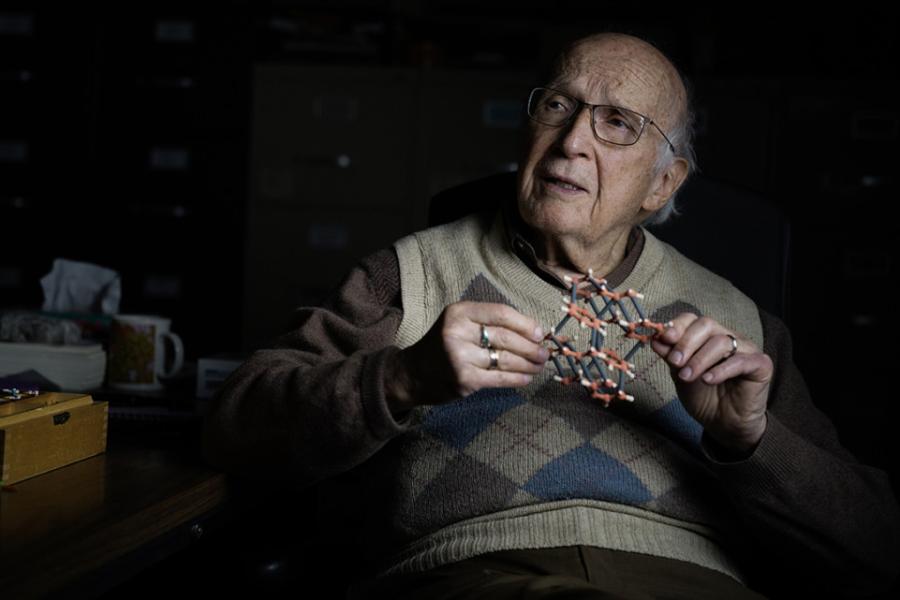
The portraits are part of a series by Christopher Michel, the National Academies of Sciences, Engineering and Medicine’s inaugural artist-in-residence.
Read more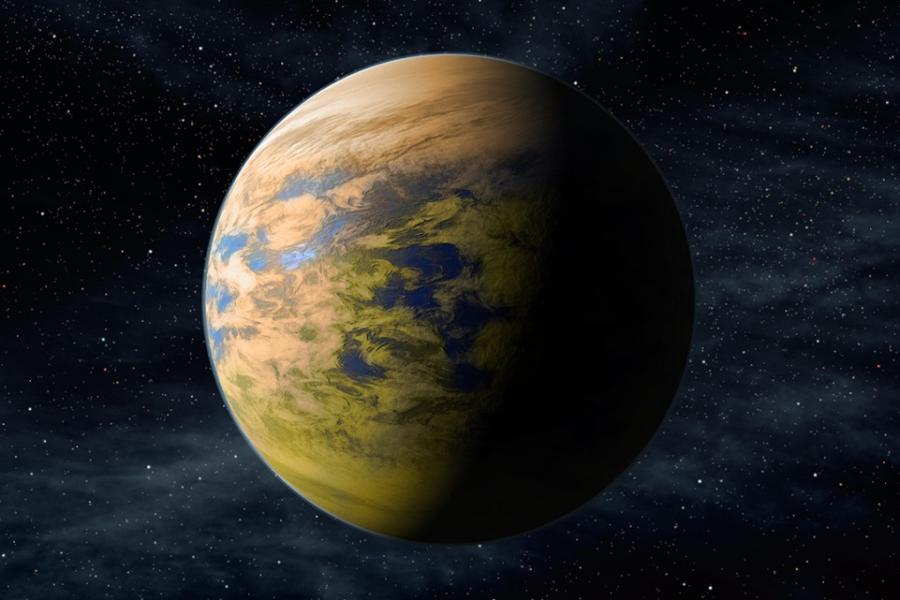
Cornell researchers have created the first reflectance spectra – a color-coded key – of microorganisms that live in the clouds floating above Earth’s surface.
Read more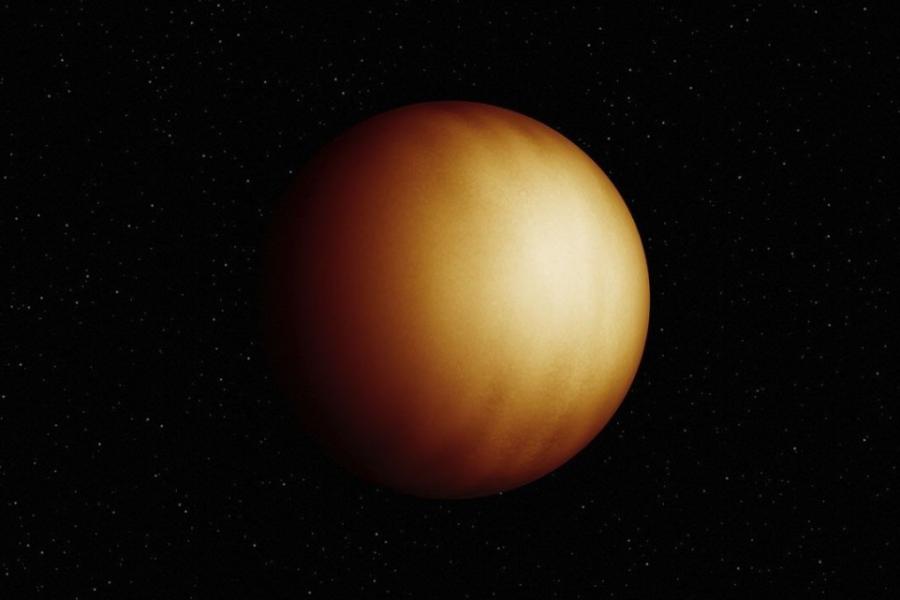

Astronomers have generated the first three-dimensional map of a planet orbiting another star, revealing an atmosphere with distinct temperature zones – one so scorching that it breaks down water vapor, a team co-led by a Cornell expert reports in new research.
Read more

These simulations, developed with significant input from Cornell researchers using code written at Cornell, help scientists analyze gravitational waves observed by the LIGO, Virgo and KAGRA detectors located in the U.S., Italy and Japan.
Read more